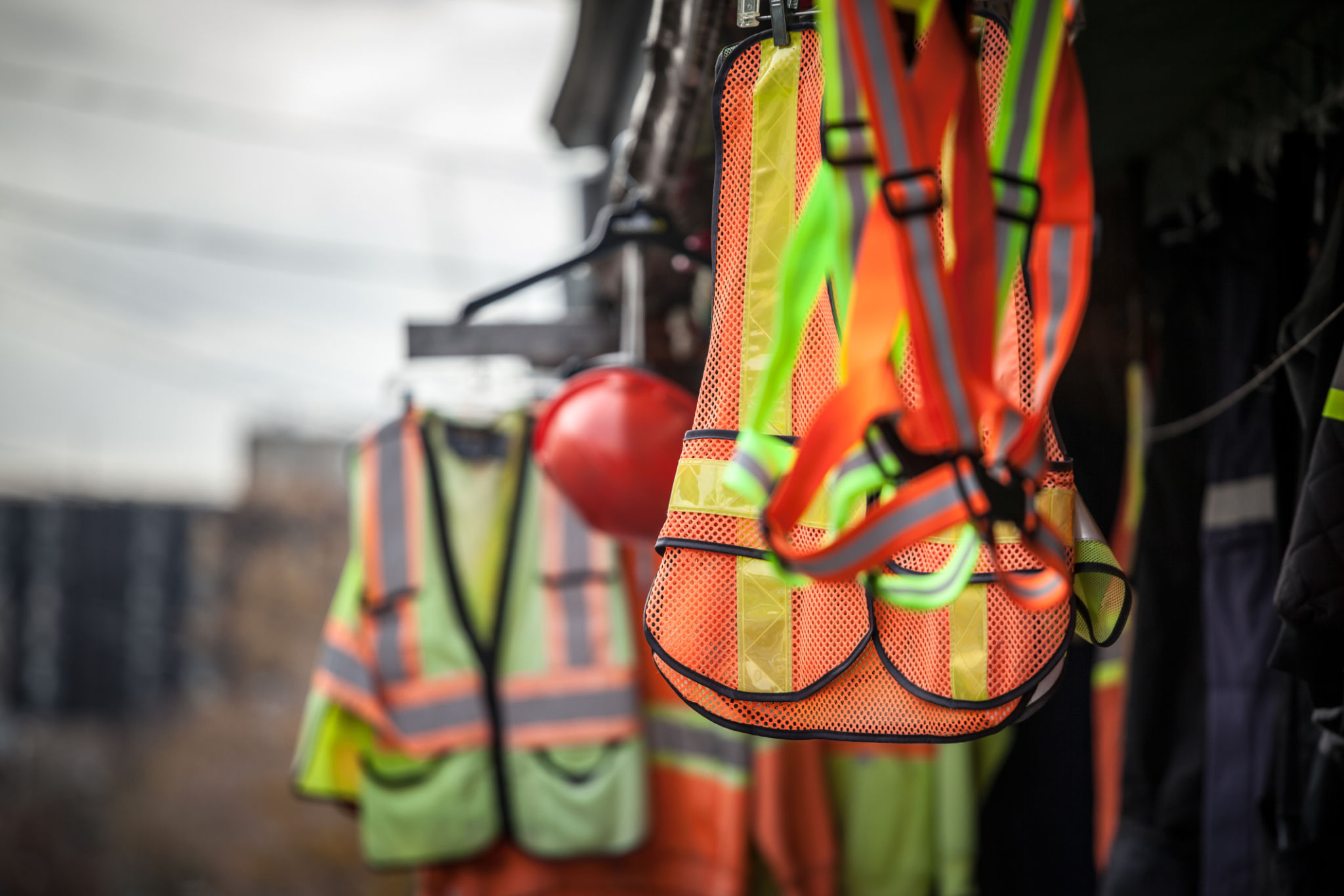Essential Maintenance Tips for Long-lasting Scaffolding
Introduction to Scaffolding Maintenance
Scaffolding is an essential component in construction projects, offering safety and support to workers as they perform tasks at various heights. To ensure scaffolding remains reliable and secure, regular maintenance is crucial. Not only does this extend the life of the scaffolding, but it also minimizes risks associated with structural failures.
Regular Inspection Routine
Establishing a regular inspection routine is the first step in maintaining scaffolding. Inspections should be carried out by trained personnel who can identify potential issues such as rust, bent parts, or missing components. Conducting checks before and after every project helps in catching problems early before they escalate.
During inspections, pay close attention to joints, connectors, and braces, as these are critical points that bear significant stress. Ensure that all components are in place and securely fastened. Any signs of wear or damage should be addressed immediately to prevent accidents.

Cleaning and Storage
Proper cleaning and storage significantly impact the longevity of scaffolding. After each use, scaffolding should be thoroughly cleaned to remove dirt, cement, and other debris that can lead to corrosion or hinder proper assembly.
When storing scaffolding, it should be kept in a dry environment to prevent rusting. Components should be organized systematically for easy access and identification. This practice not only increases efficiency for future projects but also ensures that all pieces are accounted for.
Component Replacement
Over time, certain parts of the scaffolding may need replacement due to wear and tear. It's crucial to use only manufacturer-approved components for replacements to maintain structural integrity. Non-standard parts can compromise safety and may void manufacturer warranties.

Keep an inventory of essential parts such as screws, clips, and braces, and regularly check stock levels. This proactive approach ensures that replacements can be made quickly without delaying project timelines.
Training and Safety Protocols
Even with regular maintenance, ensuring that workers are well-trained in scaffolding use is vital. Training programs should cover assembly, disassembly, and safety protocols. Emphasizing the importance of following guidelines can prevent mishandling and reduce the risk of accidents.
Additionally, enforce strict adherence to safety gear usage such as harnesses and helmets when working on scaffolding. Regular drills and refresher courses can help reinforce these practices.

Conclusion
In conclusion, maintaining scaffolding is a multifaceted task that involves regular inspections, proper cleaning and storage, timely component replacements, and comprehensive training. By implementing these essential maintenance tips, construction companies can ensure the longevity and safety of their scaffolding structures, ultimately leading to more efficient and successful projects.
